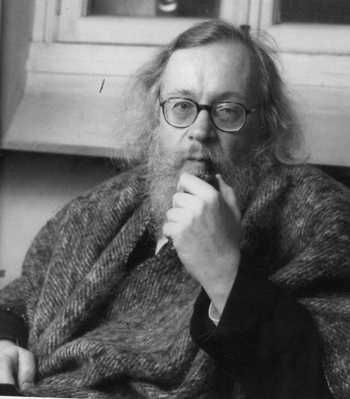The Artistic Manifesto for the course:
Modern, postmodern, and post-postmodern art tends to focus on the process, not the product. Jackson Pollock’s action painting, John Cage’s environmental music, the phenomena of performance installations, performance art, happenings, paratheatre, and improvisation are examples of the artistic interest in the now, the ephemeral, the ambiguous, the accidental, the unplanned, which manifest itself in a creative process that tries to reveal the nature of living itself, Life itself, the phenomenon of being alive, liveness. As performers, we try to touch the intensity of living as fully as possible.
And yet, even as performers, we tend to hook onto the idea of art as a product. Performance is not a product; it is a production, i.e., it is always being produced, i.e., it is always in the process of being made.
And life is not a product, no matter how much you convince yourself that you are making your life to be something or to mean something. It becomes many things and it means a plentitude, but when it is truly lived, when you are fully present in it, life is remarkably dense – richer than any self-assigned concept of ourselves.
In theatre, in performing arts, we are captivated by the notion of life as process, and art as process. Again, not a product, for the product is just a trace of the process, or a key to the process. And process always means movement, mobility, becoming. And theatre particularly is an artform that becomes itself through disappearance.
This forces us to always ask, How to work? What is theatre? What is art? Why should we care? Why do we care? Why are we attracted to it so much? In this pragmatic society, product-crazed world, why do we study, create, and develop theatre? These questions should be answered by thought and by practice, but the best answers are those that keep the questions at work – alive, active, ongoing. Because the moment you forget to ask what is theatre is also the moment of theatre’s death – and of deadly product. We must remember that theatre is an art. Stanislavski brilliantly reminds us about it by naming his theatre, Art Theatre, Moscow Art Theatre.
So how to work? Part of the answer is in the craft of theatre. Methods of working. You study them all the time. In fact, that is what you study. And another part, the part that keeps the methods alive, is in the art of theatre. And this cannot be studied in the traditional sense of studying. The art of theatre comes from what you already have, but need to know how to access. The best methods are the methods of discovering methods – those keep the process of art-making alive. Stanislavski’s method is really that – a method to discover methods. So is any good method. And if you truly ask, with your work, if you ask questions, if your work is an investigation, a research, then there is no failure. If something doesn’t work, it is a lesson. And a university setting, particularly a research university, is the place to do it.
In this class-workshop-laboratory we will approach three texts and engage them in an artistic dialogue through practice and discourse, with primary focus on the former. For guidance and inspiration, we will reach out to Jerzy Grotowski’s Poor Theatre. Indeed, our circumstances will be elemental: the meeting of the actors and the director through literature. But the meeting must be real, here and now, open. Perhaps the most important question is: how to meet?
Kris

No comments:
Post a Comment